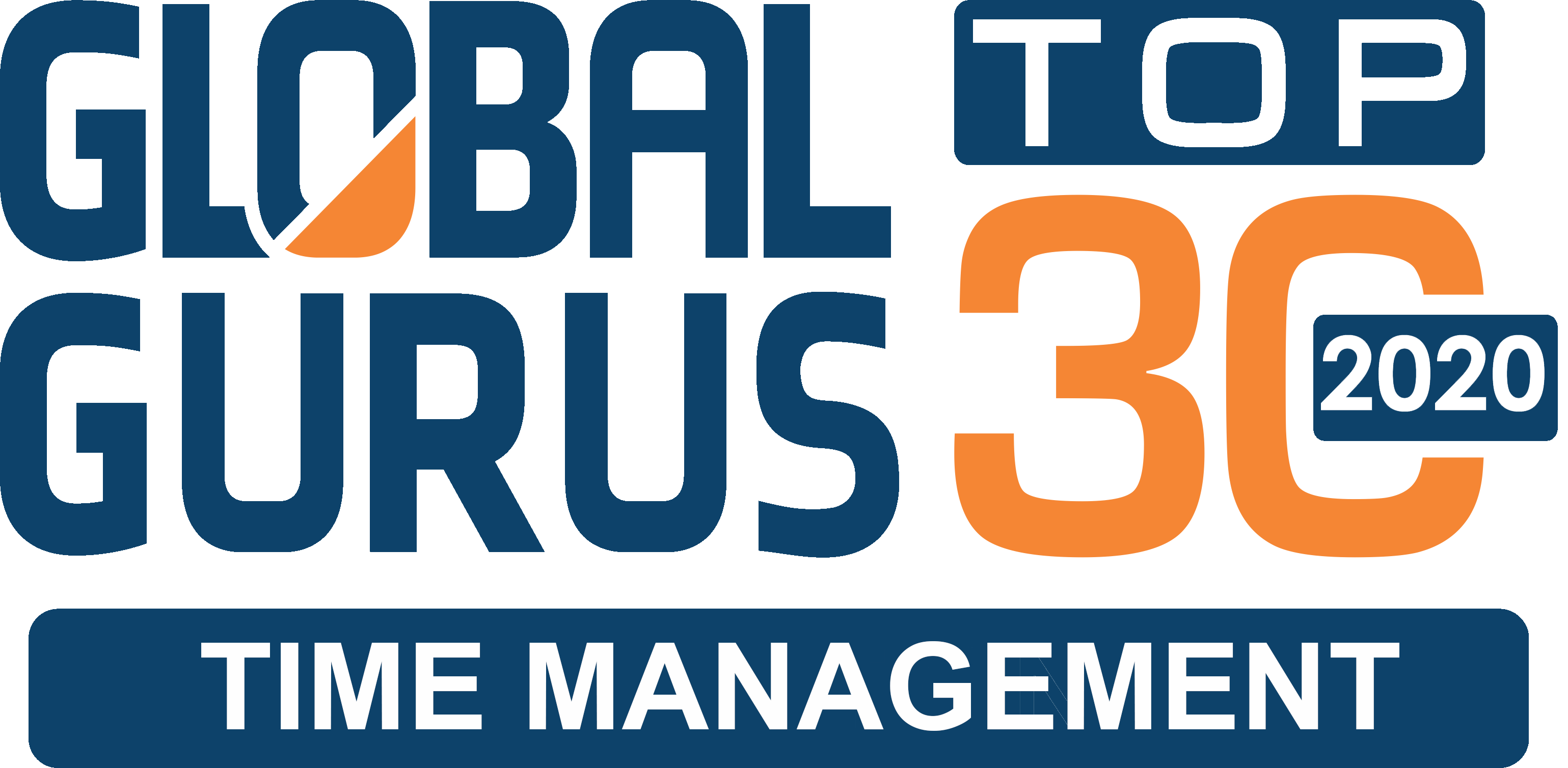“People with clear, written goals, accomplish far more in a shorter period of time than people without them could ever imagine.” — Brian Tracy
 Most of us work in “at-will” jobs, meaning our companies can terminate us whenever they want, without warning; then again, we can leave whenever we want. Contractual obligations bind neither side. With the exception of high-level execs who insist on them to protect their interests, contracts aren’t often seen in the workplace nowadays.
Most of us work in “at-will” jobs, meaning our companies can terminate us whenever they want, without warning; then again, we can leave whenever we want. Contractual obligations bind neither side. With the exception of high-level execs who insist on them to protect their interests, contracts aren’t often seen in the workplace nowadays.
But maybe they should be, in a looser, less-binding sense than traditionally used. As a leader, have you ever considered the concept of written work commitments for each of your team members, so you can evaluate how you’re all progressing every quarter? This isn’t a traditional contract that would need to be reviewed by legal; nor is it the same as your annual review. This is something a little more proactive and less formal.
Here’s the idea: you meet with each team member and discuss goals for the upcoming quarter. This isn’t a time to criticize, just to discuss where you’d both like that person to be. You document it in black and white, revise it until it’s clear, and then have the worker sign the agreement in your presence. You do the same, because part of the process is your pledge to support their goals. You meet monthly to review progress and make sure everything’s on track. When you revisit the goals each quarter, you can determine how well you’ve both met your commitments. These documents can contribute to traditional yearly or biyearly evaluations, and they make it easier for workers to stay on track.
These agreements can positively influence your employees’ annual evaluations, because they help keep productivity on track. Too often, workers let things slide for part of the year. (This makes me think of my children, who used to insist Halloween was enough time to start acting nicely for Santa.)
Some leaders may criticize this concept as soft on team members, but let’s be real here. Old authoritarian attitudes don’t work well any longer. We all know that the differences between workers and managers (especially on the lower levels) are decreasing rapidly in the new technologically advanced, execute-on-the-spot workplace. If we can bring both sides closer, it’s easier to cleanly boost productivity.
There are, of course, cons to match the pros. Some workers may not take informal work commitments as seriously as annual evaluations, and they do take precious time to complete. But if you make time for them, they can help workers stay on track—especially if you make commitments to help them succeed and faithfully follow them.
Do you do something similar in your organization or department?
© 2015 Laura Stack. Laura Stack, MBA, is America’s Premier Expert in Productivity™. For over 20 years, Laura has worked with business leaders to execute more efficiently, boost performance, and accelerate results in the workplace. Her company, The Productivity Pro, Inc., provides productivity workshops around the globe to help attendees achieve Maximum Results in Minimum Time®. Laura is the bestselling author of six books, with over 20 foreign editions, published by Random House, Wiley, and Berrett-Koehler, including her newest work, Execution IS the Strategy (March 2014). Widely regarded as one of the leading experts in the field of performance and workplace issues, Laura has been featured on the CBS Early Show, CNN, the Wall Street Journal, and the New York Times. Connect via her website, Facebook, or Twitter.


